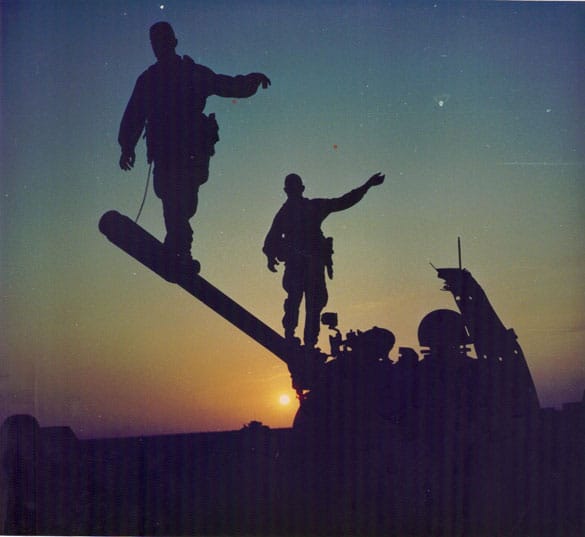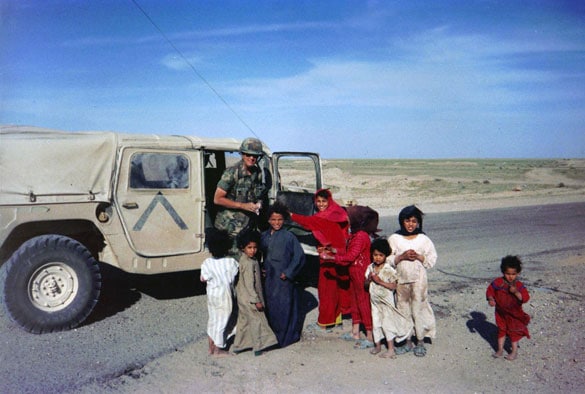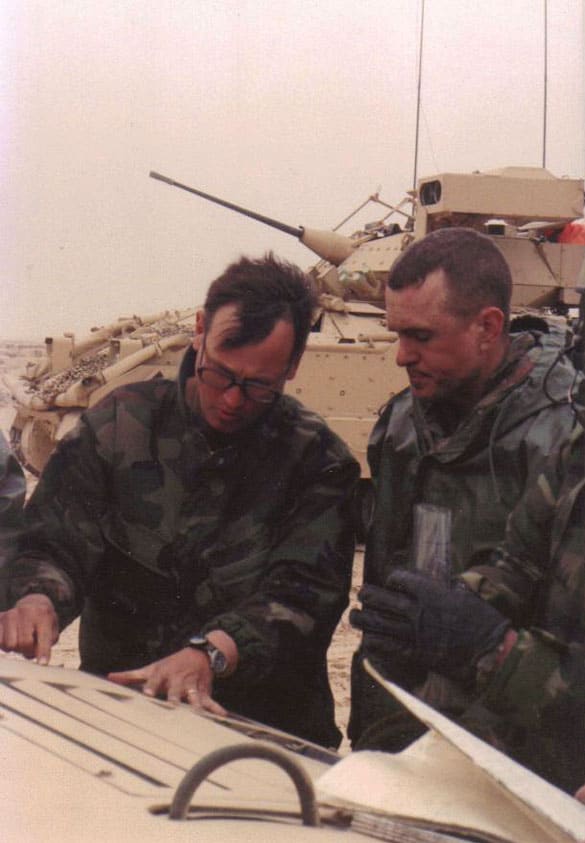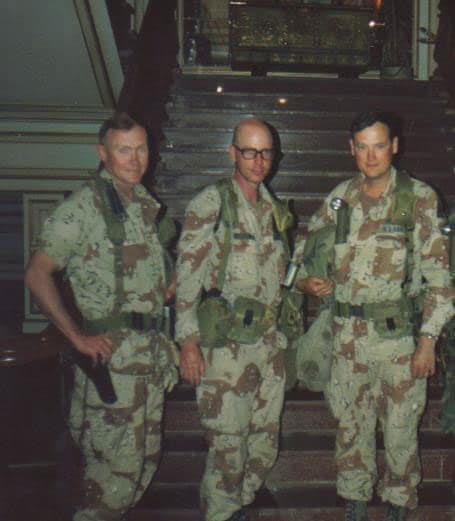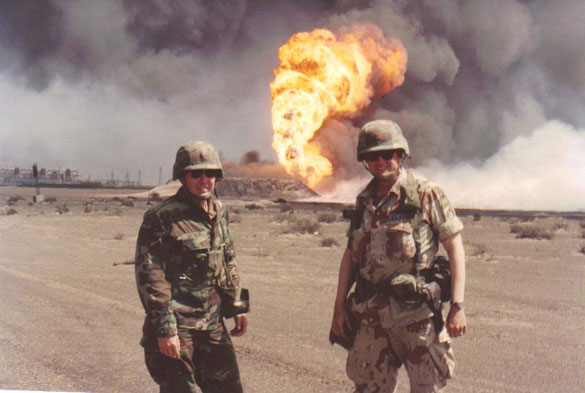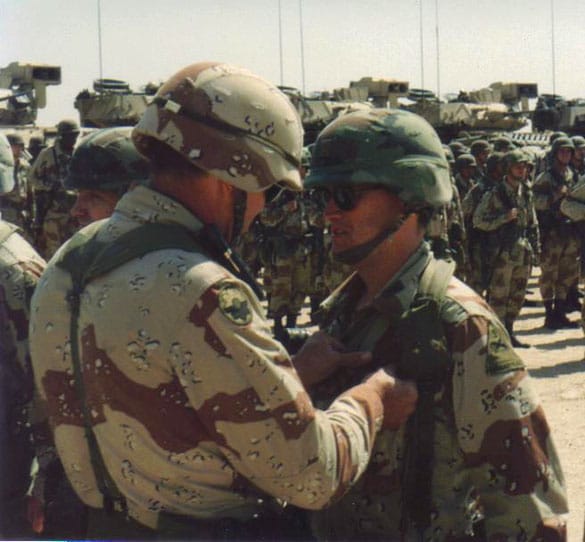When We Ran Out of Coffins
This past Memorial Day I was thinking about those who didn’t come home. We’re talking big numbers, really big. About 407,000 in World War II. For Korea, it was 36,574; but we also had some 7,500 Missing in Action. And I’ll bet my bottom dollar that a bunch of those missing actually died in North Korean and Chinese prisoner of war camps. Korea and Vietnam were called “conflicts” not wars, by that was no comfort for the 58,220 who died in Vietnam, which had its share of additional missing in action too. Both are the reason we fly the POW-MIA flag today.
Then we get to wars the kids have heard about. It would take too long to list deaths around the world during the Cold War, which certainly wasn’t “cold” for those who died. Lebanon, Gulf War, Mogadishu, Iraq War, Afghanistan. And they won’t be the last.
For every war, military staffs – Army, Navy, Air Force, Marines – make estimates on what will be needed for the fight. How many divisions? Fighter squadrons? How many tanks are we going to need? Fuel? Ammunition? Aircraft carriers? Heavy bombers? Food? These estimates are critical, because of the military axiom: “Losers fight the last war late. Winners fight the next war early.” Robert E. Lee fought the American Civil War the same way Napoleon would have fifty years before; he lost. Ulysses Grant fought it as the first Industrial Revolution War – trains, telegraphs, ironclad sail-less ships, huge armaments works, repeating firearms; he won.
Never, ever, ever, bet your bottom dollar that these estimates will turn out to actually be accurate projections. Because on Desert Storm, when the firing finally stopped, we were really, really low on chow. How low? Low enough to start wandering through abandoned Iraqi bunkers looking for canned goods, figuring if the can hadn’t been tampered, it was probably OK to open – and as I’m here writing today, it must have been fine (Although when I found two live cobras hissing at me in a bunker, I stopped searching!) But the craziest thing was that General Norm “Stormin’ Norman” Schwartzkopf put out an imperial edict that EVERY soldier in theater would get at least one hot meal per day. So the debate began; what constitutes a “hot meal”? Which ended up as a hard-boiled egg and a hot cup of coffee! You get that, and you’ve had your hot meal, so write your Congressman if you don’t like it.
But all of that pales in comparison to what happened with the US Army in Europe during World War II. It had to do with anticipating casualties, specifically deaths. In combat, outside of accidents or illness, there are two death categories, Killed in Action or Died of Wounds, although it doesn’t mean a hill of beans which one if it’s you. Killed in Action means you died before they got you to a medical facility; if you expire after docs have started working on you, you Died of Wounds. It’s a Purple Heart to your family either way.
But the estimates at the beginning of WWII of anticipated dead were low. How low? Well the War Department, at the beginning of the war, put out an imperial edict that you had to be at least nineteen years old to be deployed overseas in any service. Yes, there were young folks who fudged their age, or clerks who put an incorrect birth year on an enlistment form. But official policy to go overseas was 19. Until it wasn’t. Because actual losses were higher. That hit a breaking point in October 1944, and on November 1, the War Department authorized the shipment of infantry and armored replacements overseas who were younger than nineteen years old. That meant that “The Crusade in Europe” was about to become “The Boys Crusade.”
The low estimates on anticipated casualties also affected something else – coffins. In Europe, we didn’t have enough. Let me put it in perspective. In the last eleven months of World War II, in just little old Company B of the 39th Infantry Regiment in the 9th Infantry Division, there were five times as many soldiers killed as died in the entire 3rd Armored Division on Desert Storm. So what did we do? Well, we temporarily buried our fallen in Europe in interim military cemeteries in places like France, Belgium and the Netherlands. And since we didn’t have enough coffins, we buried the boys in mattress covers.
After the war, we fixed the situation, opening each grave and reburying the bodies in proper wooden coffins. Then, depending on the family’s wishes, those coffins were interred in permanent US military cemeteries in Europe, or returned to Hometown, USA. To keep a record of those transfers, graves registration personnel would cut a small section of each mattress cover, pencil in the soldiers name and service number, and forward those fragments up the chain of command.
Where did those little cloth squares end up? I found dozens in what are termed Individual Deceased Personnel Files (IDPF), in the National Personnel Records Center and National Archives at St. Louis. This is the one for Staff Sergeant John Gourlay in Company B. He was initially interred on October 16, 1944 at temporary cemetery Henri-Chapelle #1 in Plot: M, Row: 2, Grave: 39. After the war, his remains were transferred to the Henri-Chapelle American Cemetery in Plot: A, Row: 12, Grave: 36.
I saw these little pieces of cloth; I touched them; I held them. The dark reddish-brown dots on this one are blood stains from John eighty years ago. The swatches haven’t been washed, because you don’t wash something that when you hold it, your hands start to shake and what goes through your mind is that you just might be touching an American version of the Shroud of Turin.
